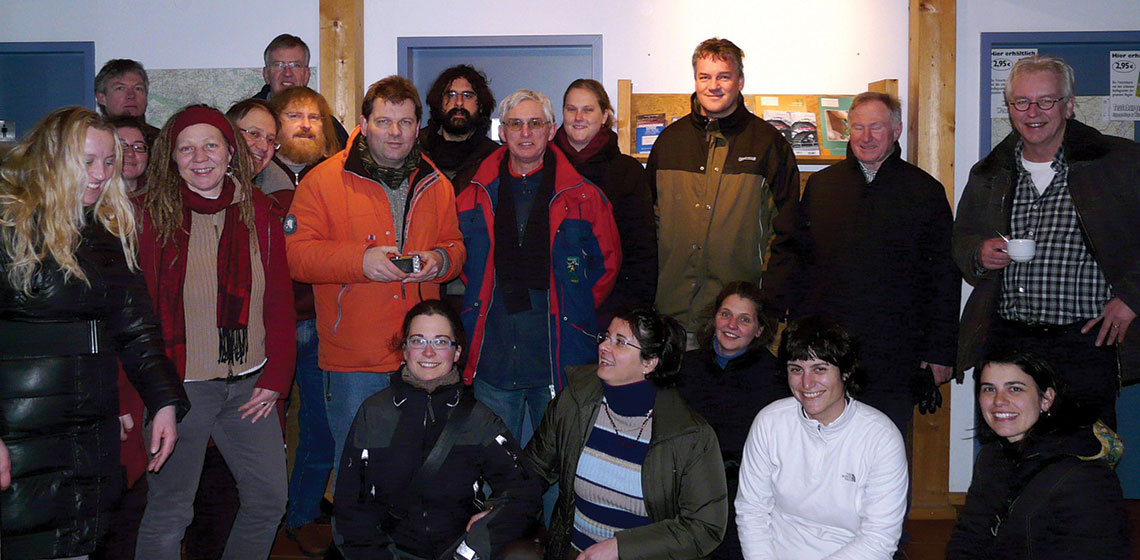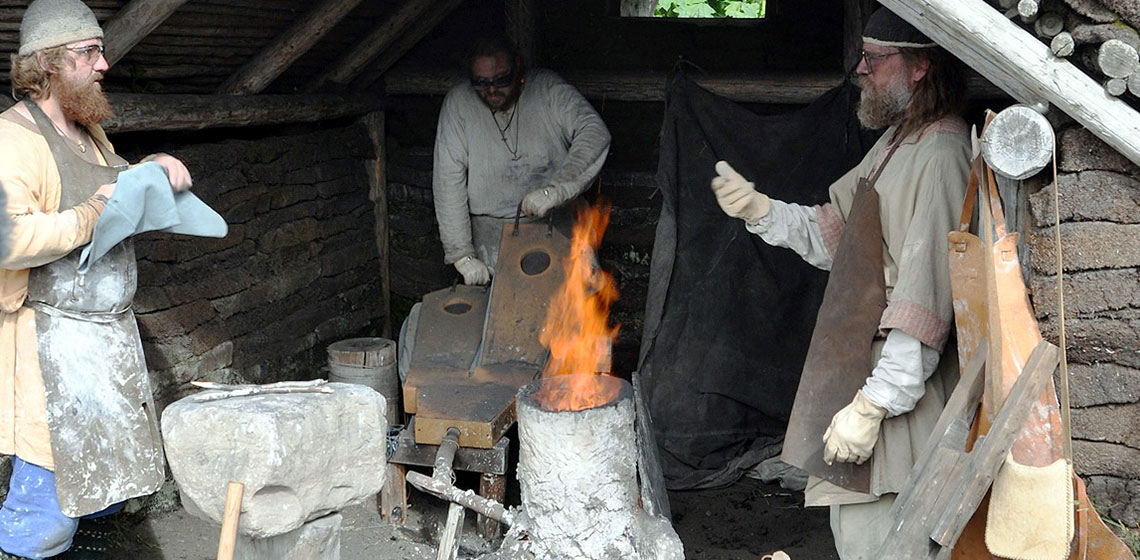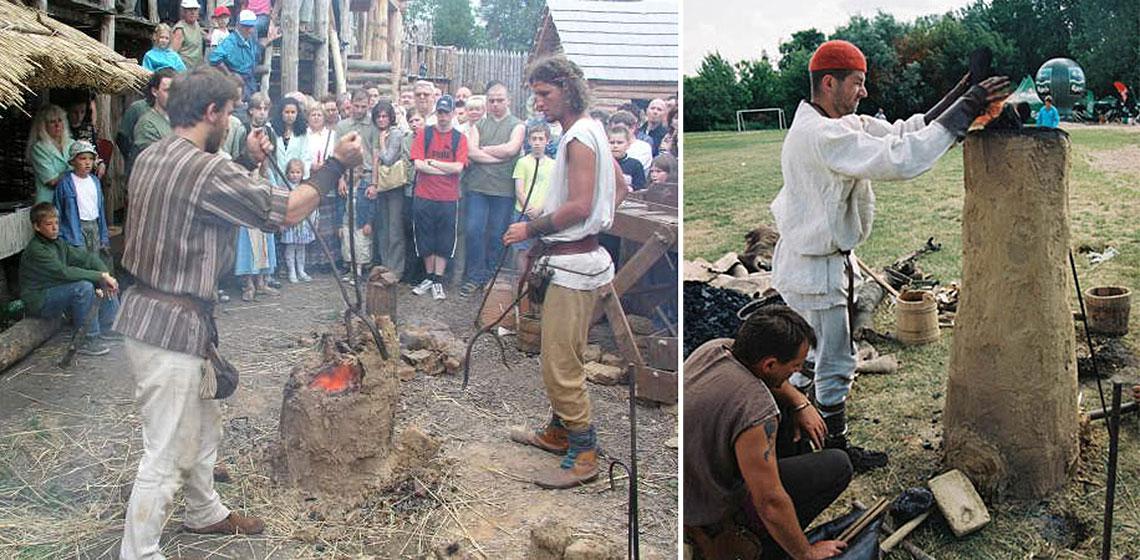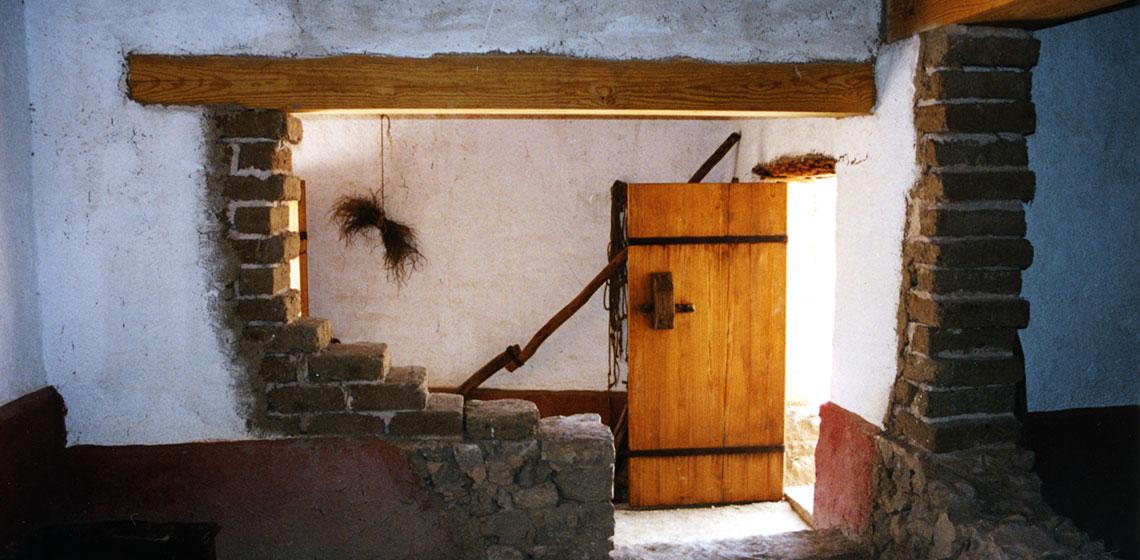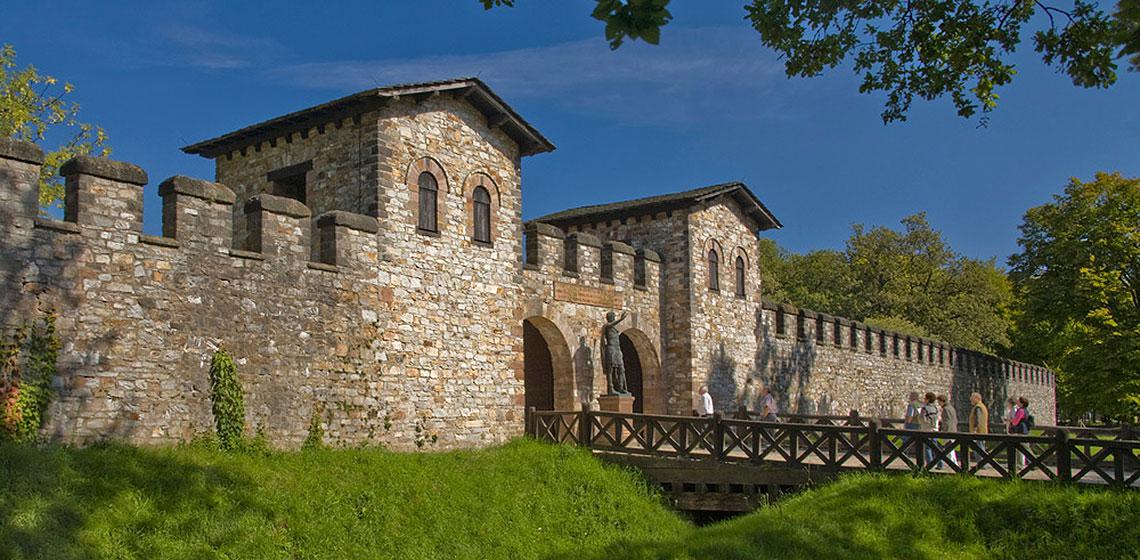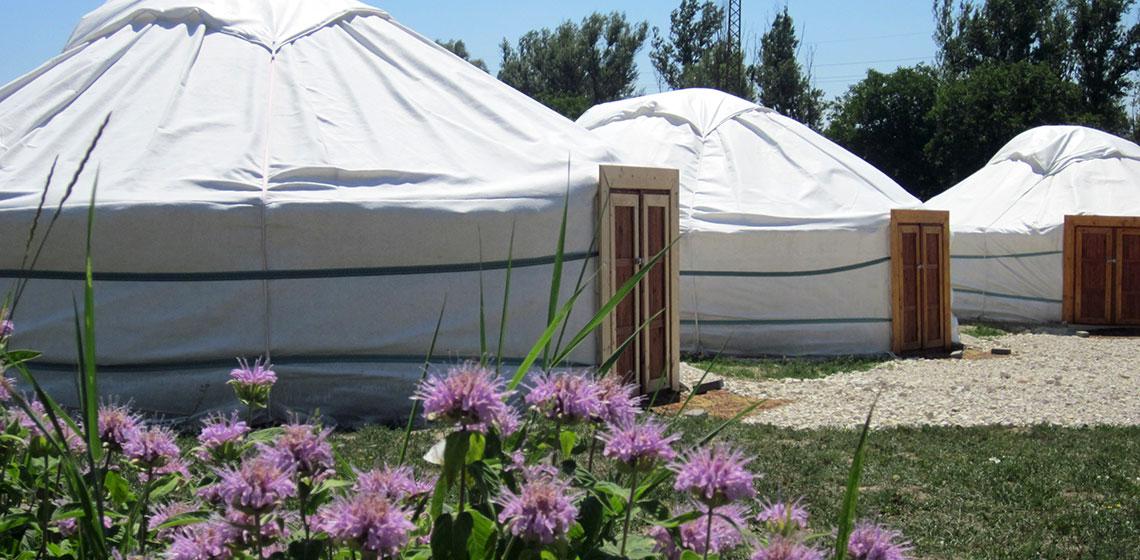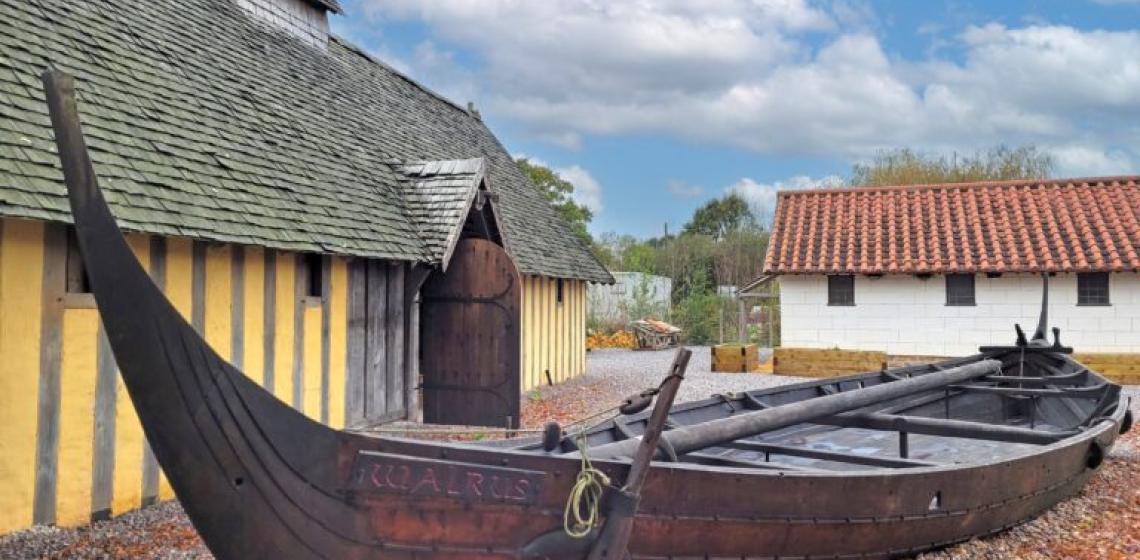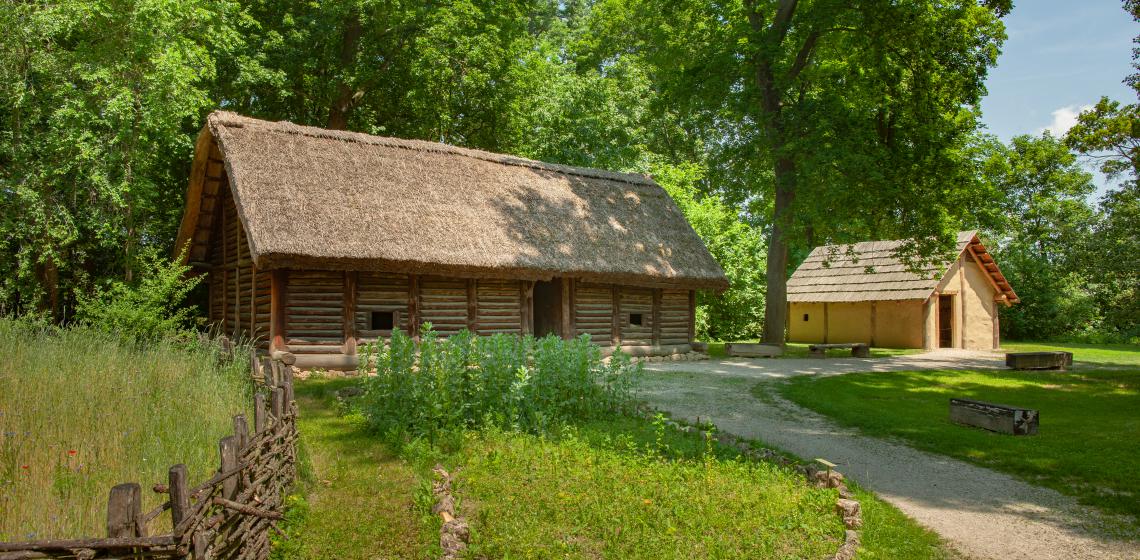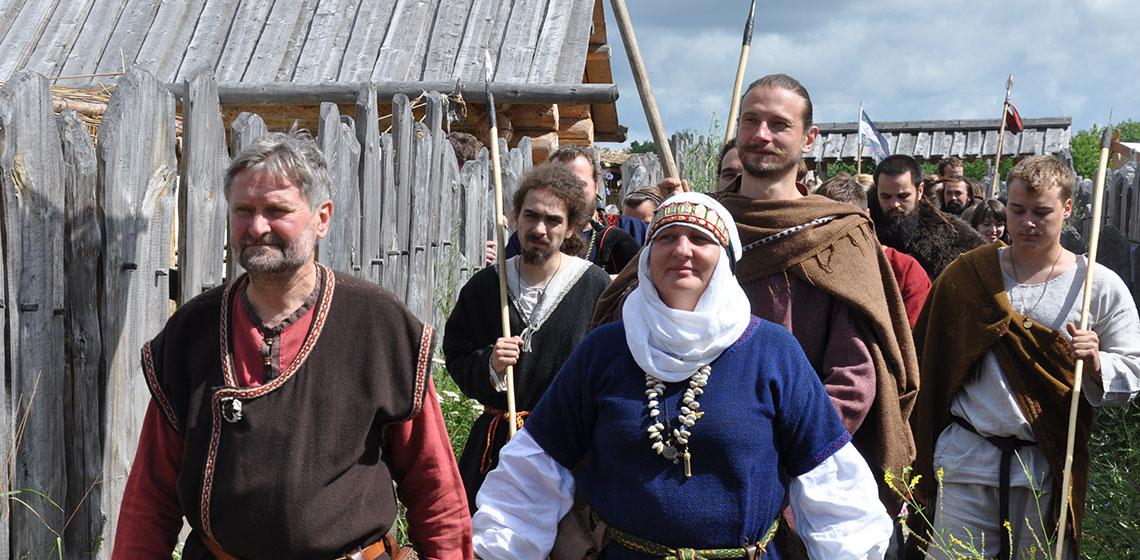Grundtvig, Life Long Learning in Archaeological Open-Air Museums
In November 2009, the idea for launching a network on adult education in EXARC was picked up. The first step was a preparation meeting in Oerlinghausen, Germany where we met with about 20 EXARC members from almost all corners of Europe. By mid 2010, 15 organisations, including EXARC itself joined in two so called Grundtvig Learning Partnerships, funded by the European Union...

